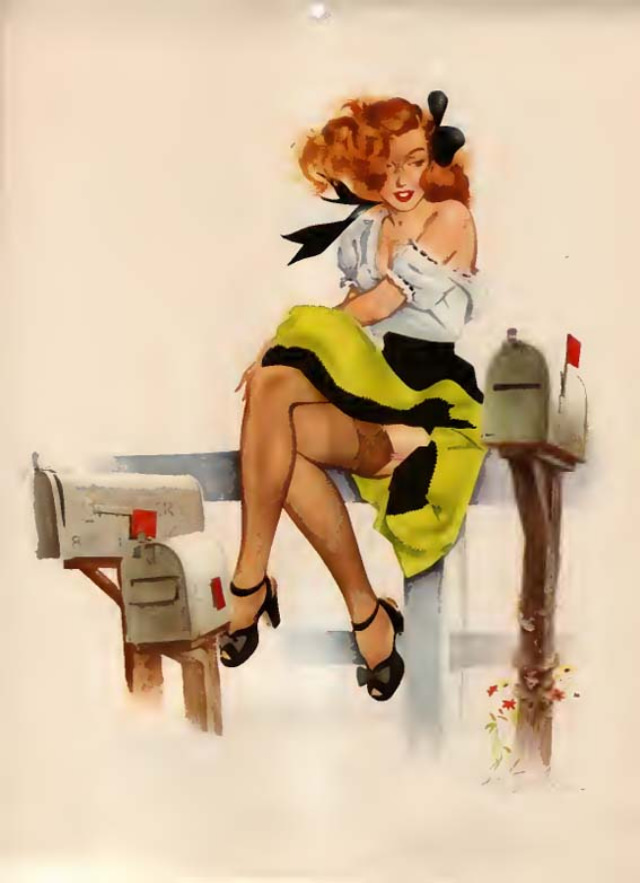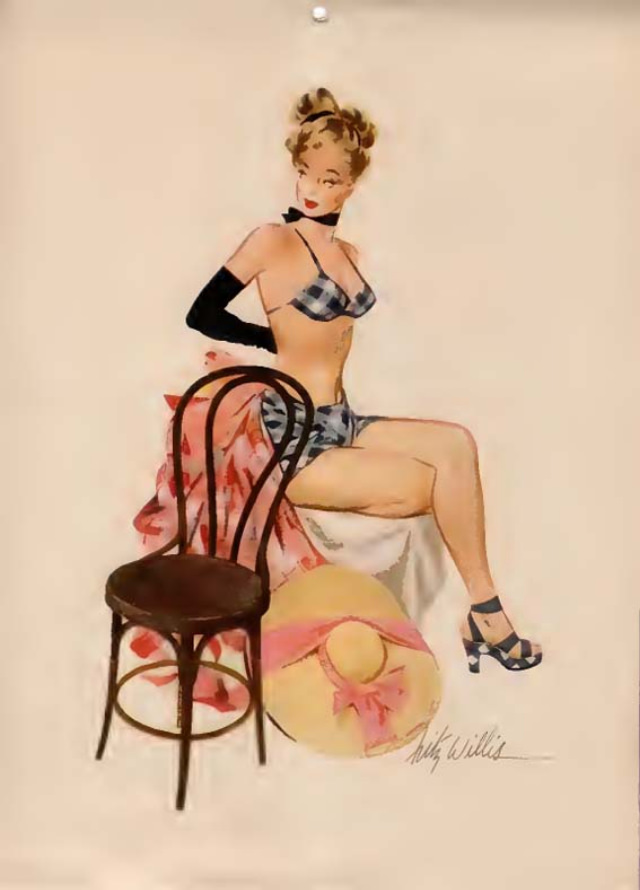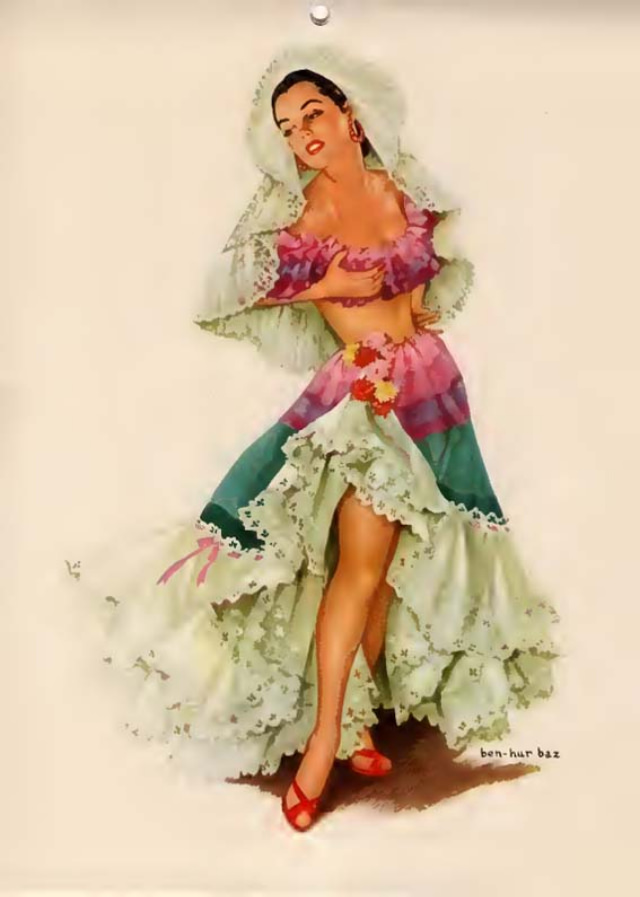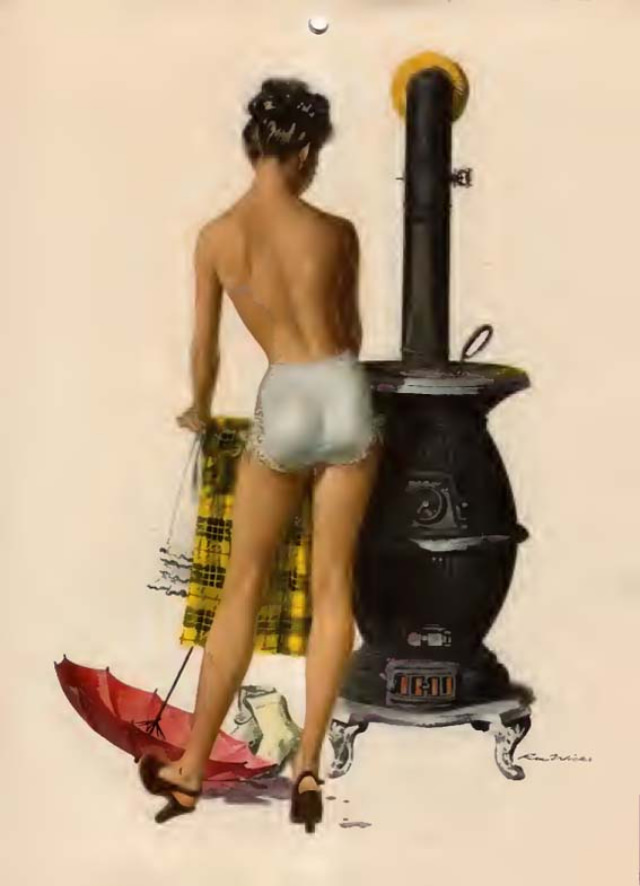In 1948, a calendar graced the walls of many homes and offices, featuring not stunning landscapes or inspiring quotes, but rather a collection of alluring illustrations. This was the Esquire Glamour Girl Calendar, a staple of mid-century American culture and a window into the changing tastes and attitudes of the time.
Esquire magazine, known for its mix of serious journalism and captivating pin-up art, had been producing these calendars since the early 1940s. They were a major success, fueled by the popularity of the “Vargas Girl,” a signature style created by artist Alberto Vargas. However, by 1948, Vargas had parted ways with Esquire, leaving a void to be filled by a new generation of illustrators.
The 1948 calendar showcased the work of artists like Ben-Hur Baz, Joe De Mers, Fritz Willis, and J. Frederick Smith. While their styles varied slightly, they all adhered to the general aesthetic established by Vargas: women with exaggerated curves, flowing hair, and coy expressions. These illustrations were not explicit, but rather hinted at sensuality, leaving much to the imagination.
The calendar’s appeal was not limited to its artistic merit. It also served as a reflection of the societal shifts taking place in post-war America. Women, who had stepped into traditionally male roles during the war, were now being encouraged to embrace their femininity once again. The Glamour Girl Calendar, with its emphasis on beauty and allure, catered to this cultural shift.
Furthermore, the calendar offered a form of escapism for men returning from the war. The idealized images of women provided a welcome distraction from the harsh realities of everyday life. For some, these illustrations were simply eye candy, while for others, they represented a longing for a more glamorous and carefree existence.
Of course, the Esquire Glamour Girl Calendar was not without its critics. Some viewed it as objectifying women and perpetuating unrealistic beauty standards. Others saw it as a harmless indulgence, a testament to the enduring power of art and fantasy.
















